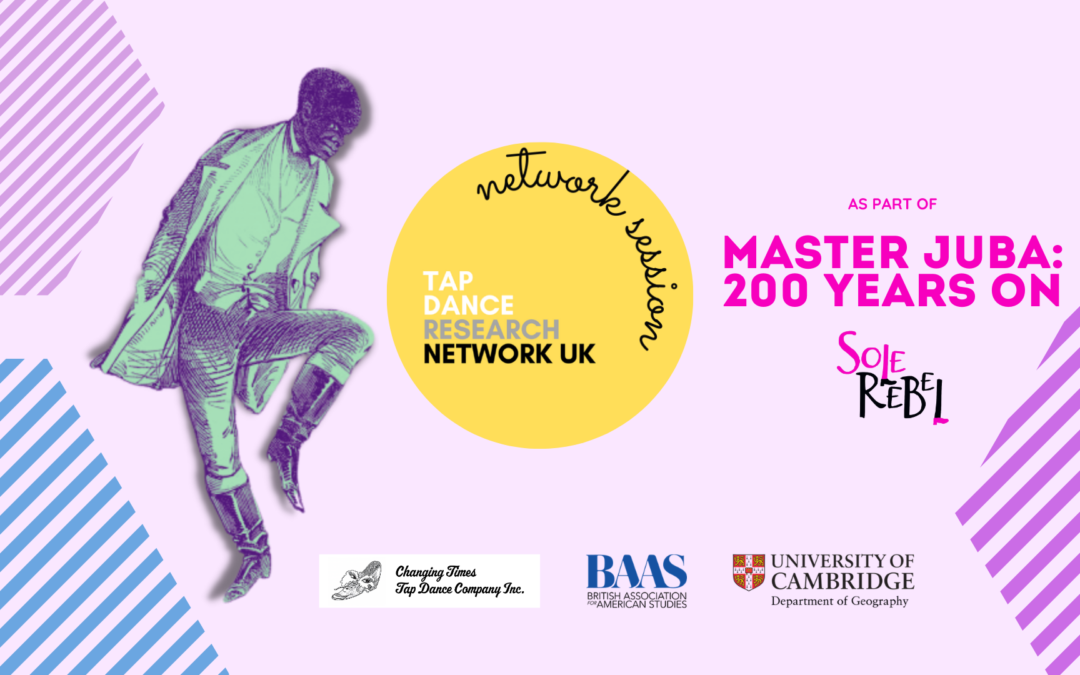
Mar 27, 2024
Saturday 4th May 5PM – 7PM Liverpool Arts Bar, 22 Hope St, Liverpool L1 9BY Tickets from £18
Join TDRN UK in Liverpool for a Network Session as part of Celebrating Master Juba: 200 Years On: The bicentennial birth of tap dancer William Henry Lane curated by Hannah Ballard (Sole Rebel Dance Company, Liverpool) and Lucy Thompson (PhD Student, University of Cambridge.
The Network Session will be part of the evening event, but the schedule for the whole day curated by Hannah Ballard (Sole Rebel Dance Company, Liverpool) and Lucy Thompson (PhD Student, University of Cambridge), will explore Lane’s significant histories in the UK and his legacies in Liverpool today. Enjoy history talks, a walking tour, interactive archive session, guest speakers, and a live music tap jam! All in celebration of William Henry Lane ‘Master Juba’, whose enduring legacy has shaped tap dance since the 1800s both in the UK and globally.
Evening schedule
5-7PM
5PM Dinner served
5:30PM Annette Walker presentation
6:30PM TDRN UK Network Session (Panel Discussion, Q&A, Social)
8:00PM – 9:30PM Live Music Tap Jam with Sole Rebel Tap
See here for the schedule of the whole day and ticketing options
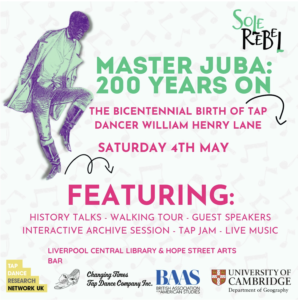
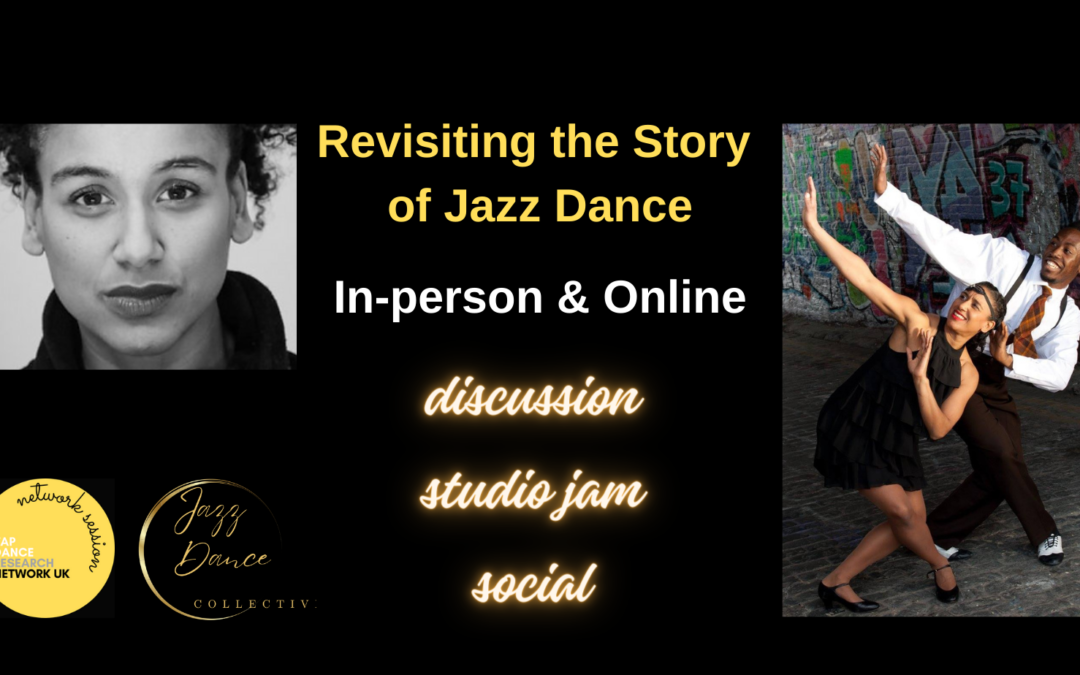
Nov 18, 2023
TDRN UK Network Session – Revisiting the Story of Jazz Dance.
Sunday 10 December 2023 13:00 – 16:00 GMT. FREE / donations welcome
Book here
Hosted by Annette Walker with special guest, Jreena Green. Join us in person or online
Colombo Centre, 34–68 Colombo Street, London SE1 8DP
TDRN UK Network Sessions bring together people from around the world to share knowledge, ideas and information about tap dance and connected topics. Annette Walker (tap dancer) and Jreena Green (authentic jazz dancer) will host a discussion about what the Stearns’s Jazz Dance book means to tap dancers and authentic jazz dancers 55 years after it was first published.
They will also introduce the Jazz Dance Collective, an educational hub for Tap Dance, Authentic Jazz, and UK Jazz, before opening up the space for a tap and jazz dance studio jam and social catch up.
13:00 – 14:30 Discussion: Revisiting the Story of Jazz Dance
14:30 – 15:00 Refreshments
15:00 – 16:00 Social and open Studio Jam for tap and jazz dancers. Musicians welcome.

Nov 10, 2023
Wednesday 29th November 2023 19:00 GMT | 11:00 PST | 14:00 EST | 20:00 CET FREE
Join us in the Tap Cafe!
Grab a cuppa and meet us in our online open space to chat all things tap dance! You might have a question, a research idea, some news to share, or are simply looking to connect with other tap dancers from around the world.
We look forward to seeing you there!
Book a FREE ticket
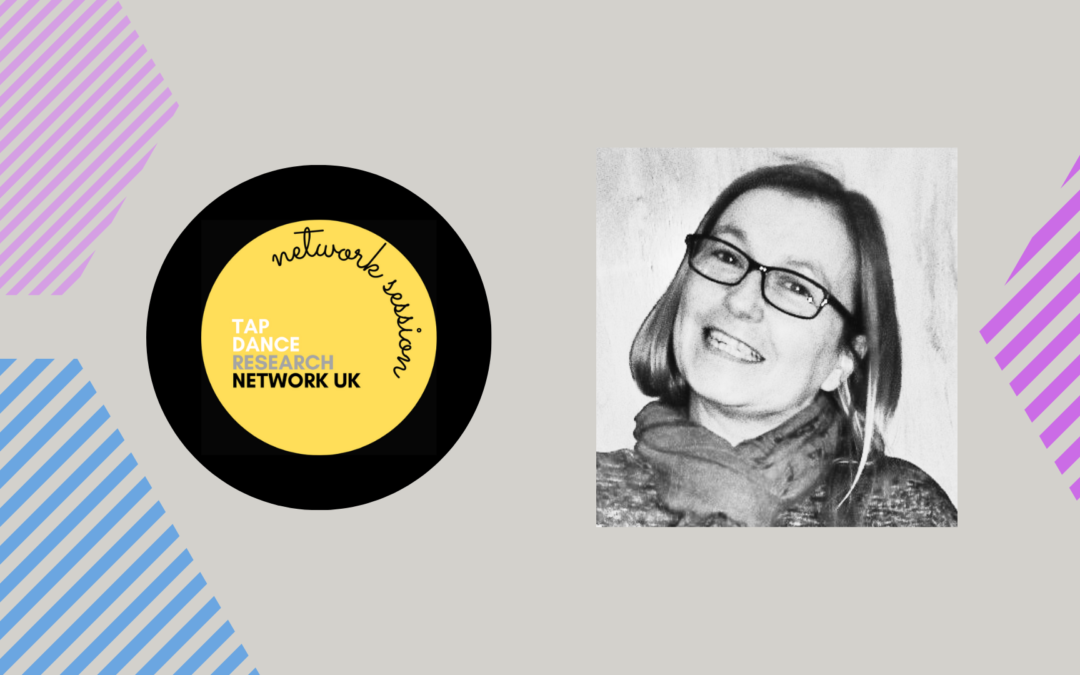
Mar 31, 2023
Tuesday 25 April 2023 19:30 GMT | 11:30 PDT | 14:30 EDT | 20:30 CET FREE
Book here
Dr Trish Melton, will share a small aspect of her current Tap Dance Pedagogy Research. She will be joined by Lisa La Touche and Mark Yonally who will give their views on the research, and then the three will discuss before opening the floor to Q&A.
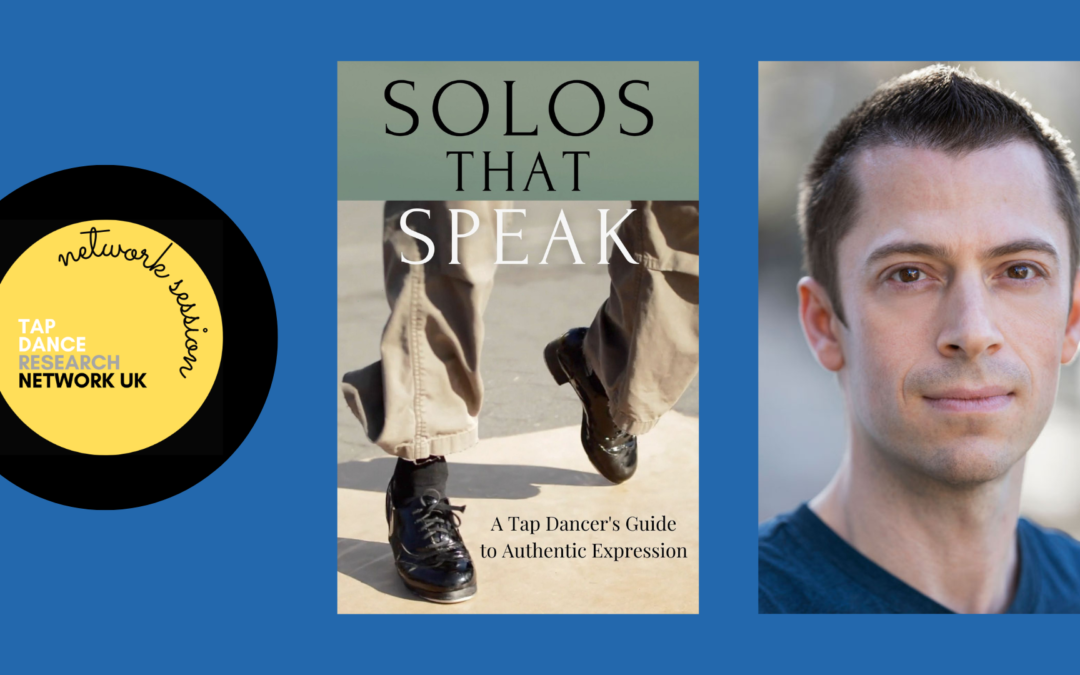
Mar 3, 2023
with Simeon Weedall
Thursday 23 March 2023 19:30 GMT | 12:30 PDT | 15:30 EDT | 20:30 CET FREE
Book here
‘Speak honestly and your body will bring the music you sing’
Drawing from his up-and-coming book Solo’s that Speak – A Tap Dancer’s Guide to Authentic Expression, Simeon Weedall leads us on a journey through tones, textures & timbres – an exploration of the more unusual sounds in tap.
You can sit back or get up and put your shoes on to experience how Simeon works with sound inspired movements such as ‘Glick’ (gliding click), and ‘Glam’ (gliding flam).
https://www.patreon.com/thetapdanceteacher
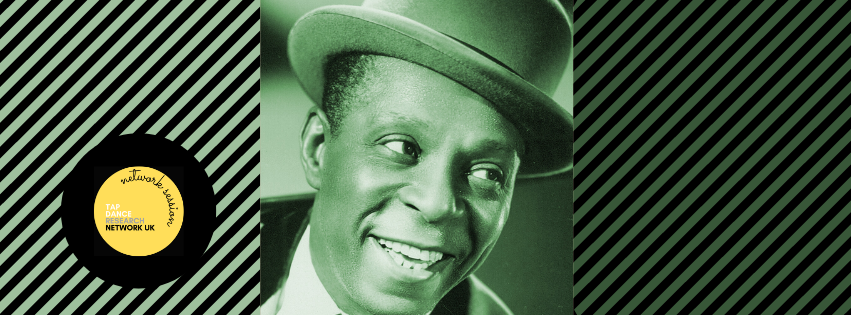
Jan 13, 2023
Wednesday 25 January 2023 19:30 GMT | 11:30 PT | 14:30 EST | 20:30 CEST FREE
Book here
You may have read the book, or simply be curious to hear more and join a discussion about John W. Bubbles… All are welcome to come and join this conversation.
The book – Sportin’ Life: John W. Bubbles, An American Classic by Brian Harker
Two places you can order the book online in the UK
https://www.whsmith.co.uk/products/sportin-life-john-w-bubbles-an-american-classic-cultural-biographies-series/brian-harker/hardback/9780197514511.html
Synopsis
John W. Bubbles was the ultimate song-and-dance man. A groundbreaking tap dancer, he provided inspiration to Fred Astaire, Eleanor Powell, and the Nicholas Brothers. His vaudeville team Buck and Bubbles captivated theater audiences for more than thirty years. Most memorably, in the role of Sportin’ Life he stole the show in the original production of Gershwin’s Porgy and Bess, in the process crafting a devilish alter ego that would follow him through life. Coming of age with the great jazz musicians, he shared countless stages with the likes of Duke Ellington, Cab Calloway, and Ella Fitzgerald. Some of his disciples believed his rhythmic ideas had a formative impact on jazz itself. In later years he made a comeback as a TV personality, revving up the talk shows of Steve Allen and Johnny Carson and playing comic foil to Bob Hope, Judy Garland, and Lucille Ball. Finally, after a massive stroke ended his dancing career, he made a second comeback―complete with acclaimed performances from his wheelchair―as a living legend inspiring a new generation of entertainers. His biggest obstacle was the same one blocking the path of every other Black performer of his time: unrelenting, institutionalized racism. Yet Bubbles was an entertainer of the old school, fierce and indestructible. In this compelling and deeply researched biography, his dramatic story is told for the first time.







